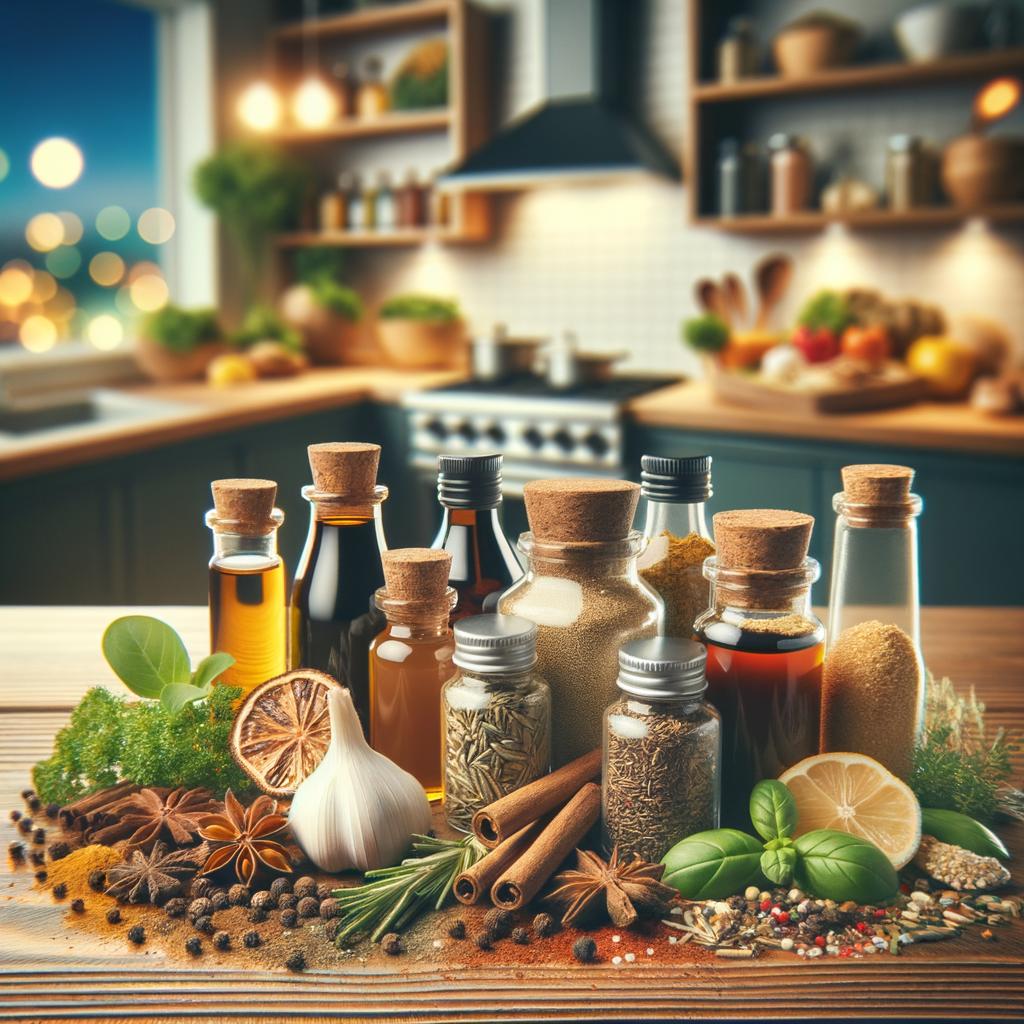Natural and Artificial Flavorings

Description
Natural and artificial flavorings are fascinating ingredients that play a pivotal role in our culinary experiences. Natural flavorings are derived from plant or animal sources, such as fruits, vegetables, spices, meats, and dairy products. They are the invisible artists that paint our foods and beverages with a palette of tantalizing tastes. Meanwhile, their counterparts, artificial flavorings, are synthesized in laboratories, mirroring the taste profiles of their natural counterparts or creating entirely new sensory experiences.
Natural flavors often have a more nuanced and complex profile, with subtle notes that can't be replicated. Artificial flavors, on the other hand, are more consistent and stable, with the ability to withstand various cooking processes and shelf life. Both are unique in their own ways, with the power to transform a dish from ordinary to extraordinary.
Primary Uses
Natural and artificial flavorings are used extensively in the food and beverage industry. From the sweet strawberry flavor in your morning yogurt to the smoky barbecue essence in your favorite chips, these flavorings are everywhere. They are key components in a wide range of cuisines, enhancing the taste of desserts, savory dishes, candies, drinks, and more.
Beyond their culinary uses, these flavorings also have cultural and medicinal significance. For instance, certain natural flavors, like mint and chamomile, are used in traditional medicines for their therapeutic properties. Artificial flavors, on the other hand, have shaped our cultural and social experiences of food, creating iconic tastes that define generations.
History
The history of natural and artificial flavorings is a rich tapestry woven with human ingenuity and curiosity. From the ancient Egyptians using aromatic herbs to enhance their food to the modern chemists creating flavors in labs, our quest for taste has been relentless.
In the 19th century, the advent of synthetic chemistry led to the creation of the first artificial flavor: vanillin, a cheaper alternative to natural vanilla. This opened a new era of flavorings, enabling the creation of tastes that were previously unimaginable. Over time, these flavorings have become an integral part of our food culture, with each era marked by its own signature flavors.
Nutritional Information
While natural and artificial flavorings add taste to our food, their nutritional contributions are minimal. They are used in such small amounts that they don't significantly contribute to the calorie, carbohydrate, protein, or fat content of your food.
However, it's worth noting that some natural flavors, like citrus or mint, can provide minor amounts of vitamins or antioxidants. On the other hand, some artificial flavors may contain allergens or cause sensitivity in certain individuals. It's always a good idea to check the ingredient list if you have any dietary restrictions or sensitivities.
When compared with whole food ingredients, natural and artificial flavorings lack the nutritional depth. Whole foods not only provide flavor but also a wide range of vitamins, minerals, and beneficial compounds. However, flavorings play a crucial role in making our food enjoyable, and in turn, making our eating experiences memorable and satisfying.

